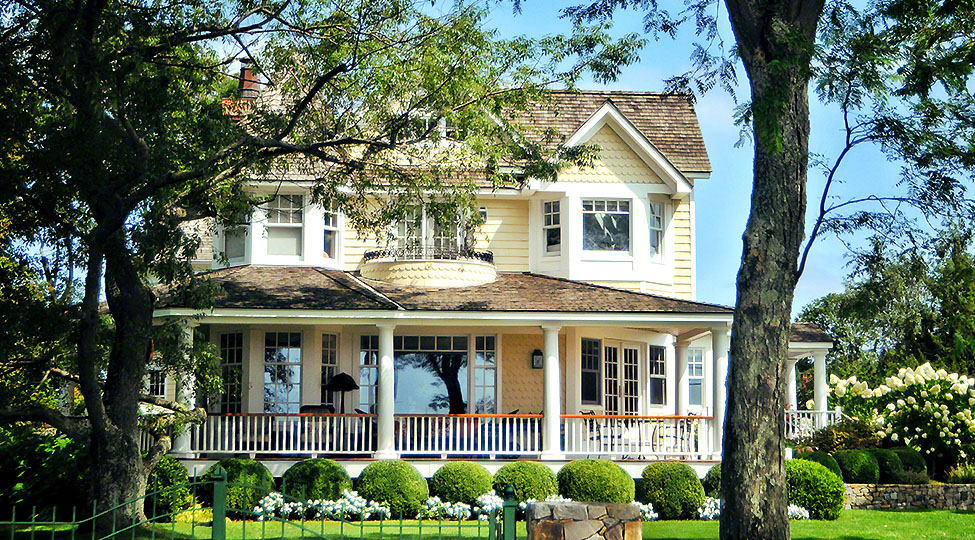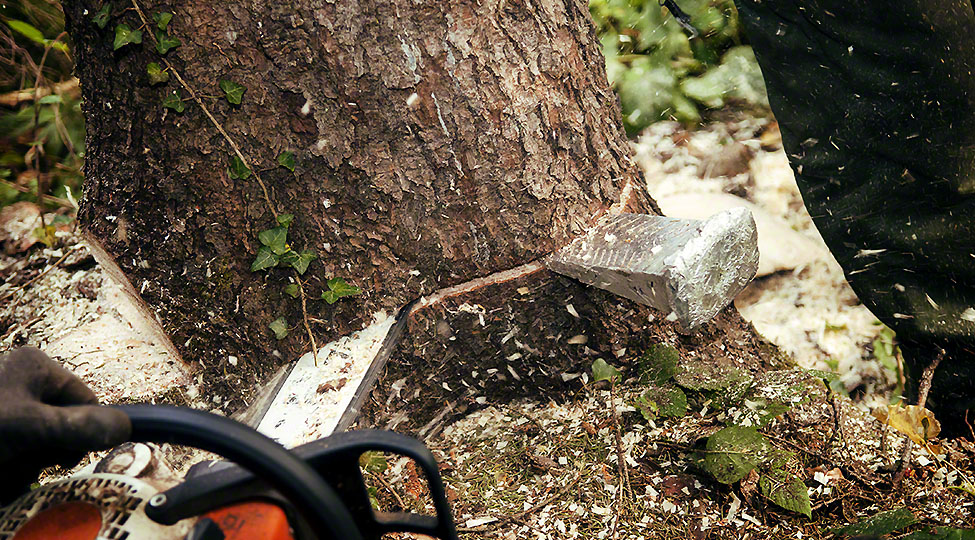Just like humans trees are also living things. Trees need food, shelter and care as well. They also get sick and get diseases for which you should get arborist services. Yes, even trees get diseases. Listed below are the common tree diseases.
Powdery Mildew
A very common disease recognized by rough white patches or layers on the upper surface of the leaves like a talcum powder appearance. This usually happens in warm dry conditions and to trees which are under shade. The onset of disease begins in winters and blooms in the spring season. The leaves began to deform and fall out. It can be treated with chemicals.
Witches Broom
The appearance of this disease is like a broom which spreads out in a weird manner. They grow on the lateral buds on different branches and the sight of infection is at weak points such as those where injury has taken place or where pruning has been done. Once a broom starts then it can spread all over the tree so the solution is to cut that branch off and also spray fungicides.
Cankers
A very common disease which can be prevented with precautionary measures and care. The cause of the disease can be environmental stress, injury, extreme cold or hot weather, human errors and even mowing the area around it. It is characterized by a small sore or a huge dead area on the bark of the tree. The tissue becomes large and rough and often is formed in a group. If cankers are formed in young trees then it may kill or completely deform the tree but it cannot kill an old tree but may cause lifelong issues and deformities.
Anthracnose
This disease is also known as Leaf Blight. In this disease the leaves turn brown, crimped and appear as they have been scorched. It is basically a fungal disease that affects mainly the leaves but the stem of the tree can also be affected. Leaves get brown spots and dead tissues. This mostly happens in the hot and humid weather and is spread by rain and the wind. It can be prevented by taking care of the tree and spraying fungicides.
Black Knot
This is also known as a Gall or Bitter Rot. These are small black ball type growths in the branches and the twigs. These are visible as small swellings or obscene growths. This usually takes place in the spring weather in humid and wet conditions by a fungus which tends to multiply and is seen in 8 to 12 months after the infection. The twigs and branches should be removed or cut down to stop the spread of these knots. If the tree is under severe infection and stress then parts of the bark should be removed.
Greasy Spot
This disease is characterized by brownish yellow sores or blisters on the lower surface of the leaves. These are mostly found on the citrus fruit trees. The blisters gradually develop into greasy spots and round protrusions. The leaves fall drastically as a result of this disease and even the fruit rind is affected. To avoid the spread of the disease and re-infection the fallen leaves should be removed.
Iron Deficiency
Trees also need nutrients to become healthy and grow well. If the soil in the area is deficient in nutrients then trees can become iron deficient. The telltale signs are yellowing of the leaves. You will be able to see a distinct outline of the skeleton of the leaf which will be green while the leaf will be turning yellow. Young trees do not grow well if they are deficient in iron and the leaves turn completely yellow, are smaller in size and also have stunted growth. It is due to alkaline soil and nutrient deficiency. Placing iron tablets in soil can cure the disease.
There are also many more diseases which your trees might get. Trees need proper care and attention and different species may get different diseases. You will need to get your trees checked by an expert arborist. And if the tree is diagnosed dead or is about to fall, get the service of tree removal companies Maryland to cut it from your property to avoid harm to anybody.

